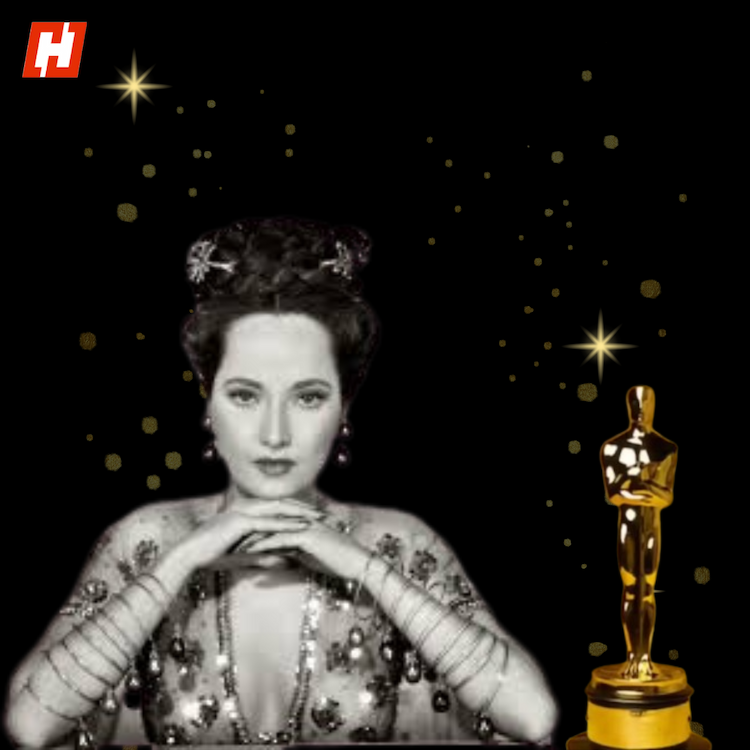Manoj Kumar, the patriotic and romantic hero of many movies from the 1960s and 70s, had famously filed a defamation case against superstar Shah Rukh Khan and Farah Khan for parodying him in "Om Shanti Om".Kumar, who died on Tuesday due to age-related issues, was upset with a scene in the Farah Khan-directed movie, which featured cameos by many industry stalwarts, including Amitabh Bachchan and Dharmendra.
Om Shanti Om's Controversial Scene
The scene sees Shah Rukh's character Om imitating Kumar's famous palm across face gesture to gain an entry to the premiere of a film featuring Shanti Priya, played by Deepika Padukone. In the film, when the real Manoj Kumar turns up for the premiere, he is shooed away by the guards.
Manoj Kumar's Displeasure
Kumar had expressed his displeasure over the scene and requested the makers to remove the scene from the film. He went to a civil court, which ordered the makers to remove the objectionable scenes before the satellite screening.
SRK's Apology
Shah Rukh had personally apologised to the cinema veteran and the scene was chopped from the movie. But the matter didn't end there. The scene resurfaced in a print of the film when it released in Japan six years later, prompting Kumar to file a lawsuit against Shah Rukh Khan and production banner Eros International in April 2013.
The Japan Controversy
The film was released in Japan without deleting those scenes. I had forgiven them twice but not this time. They have disrespected me. They also face contempt of court as in 2008 the court had asked them to forever and from all prints and broadcast material, delete those scenes, Manoj Kumar had told PTI. "I don't have any personal clash with Shah Rukh Khan. He is a nice person, but when it comes to my self-respect, then I can't compromise on it," he had said.
Withdrawal Of Case Against SRK
Shah Rukh had commented on the matter, saying, "I don't know much about it... Very honestly I had personally apologised to him then. My respect goes to all actors who are older and younger to me. Distributors have made a genuine mistake... old print was sent (to Japan). He (Kumar) has done a legal thing. He is welcome to do that. I don't take it personally." Kumar later withdrew the case.





